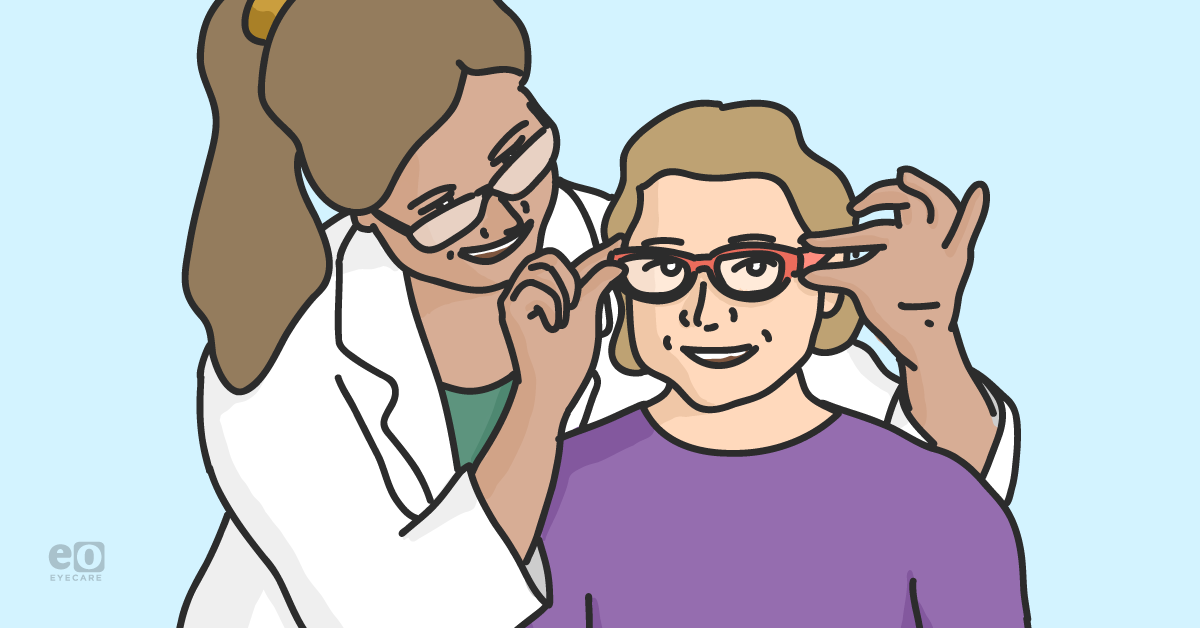As
optometrists, We all want our patients to experience the best vision possible. But what happens when they can’t afford the treatment they need to make possible? That’s when you, their trusted OD, must know of other resources that can help them get what they need.
This article will discuss organizations who share your vision of providing excellent vision to all your patients by offering the
eyecare resources to do so.
Free glasses
For most patients, the most important part of their eye exam is being able to get glasses. But, we all know glasses can be costly.
Changing Life Through Lenses is a program run by the non-profit
Essilor Vision Foundation. They will provide one pair of free glasses (frames and lenses) per patient in need per year.
What’s helpful about this organization is that you don’t have to jump through hoops to get someone the glasses they need. Some other programs may have a complicated “need verification system”. CLTL wants to help and so they trust your professional word as to which patients are in need.
How it works:
Visit their website and create a free account. All you will need is an email address and your NPI number to create the account. Once on the site, you can order their frame display kit. This is the simplest way to order frames and lenses directly from the lab. Have patients try on the demo frames, then order frames and lenses directly from the website. You can also rent phoropters, phoropter stands and wall charts for specific outreach events.
If you want more variety to the frames, contact the frame reps that you use at your office and ask if they can donate new frames. Often these are frames that are being discontinued but they are still viable and brand new.
141Eyewear is another option for donated new frames. Their whole model is based on a "buy 1: give 1" experience. You can help patients be on the receiving end.
The one extra step you’ll need to take if you want to use frames other than those that are provided by CLTL is to mail the frames to the lab directly and pay for shipping. CLTL will pay for return shipping to your office of completed glasses orders.
Other resources to let your patients know about include the
New Eyes program, another great program providing free eyeglasses to those in need.
Discounted scleral lenses
Patients with corneal irregularities like
keratoconus or severe dry eye from
Sjogren’s syndrome can experience life-changing visual improvement with the use of scleral contact lenses. These lenses are known to be expensive, however, and some patients may not be able to afford them.
Valley Contax: Custom Stable Vision Project is designed to provide their Custom Stable scleral contact lenses at an 85% discount to patients who cannot otherwise afford them.
Simply click the “apply now” link on their website to fill out an application describing the patient’s case history and social challenges. You will receive a response to the application within 1-2 days. Contacts will then be shipped at a discounted price.
No-cost eye surgery
When your patients need eye surgery this can be very costly. Maybe the procedure is not covered by their insurance, like
corneal cross-linking. Or maybe the patient doesn’t have insurance. When someone needs an ocular surgery to save or preserve their vision that they cannot afford, it’s useful to have somewhere you can turn to for help. If you live in Northern California or Nevada, the
Lions Eye Foundation can do just that.
Fill out the
referral form on their website where you’ll explain the procedure the patient needs, the patient will verify income and insurance or lack thereof. They will then be seen by ophthalmologists at California Pacific Medical Center for the care they need. In the 2019-2020 fiscal year, the Lions Eye Foundation provided over 5 million dollars worth of surgeries.
If you live elsewhere in the country, try contacting your
local Lions Club and make the case for your patient that they help cover the surgery they need. The Lions Club was developed to help people preserve and recover vision and they may be able to help with a portion or all of the surgery.
Conclusion
As primary eyecare providers, when we are unable to meet a patient’s need, we must be able to provide resources to help our patients get those needs met. Whether it is glasses,
scleral contacts, or even eye surgery, there are places we can turn to help our patients improve their sight.
